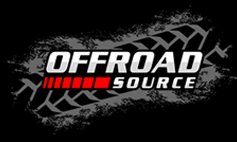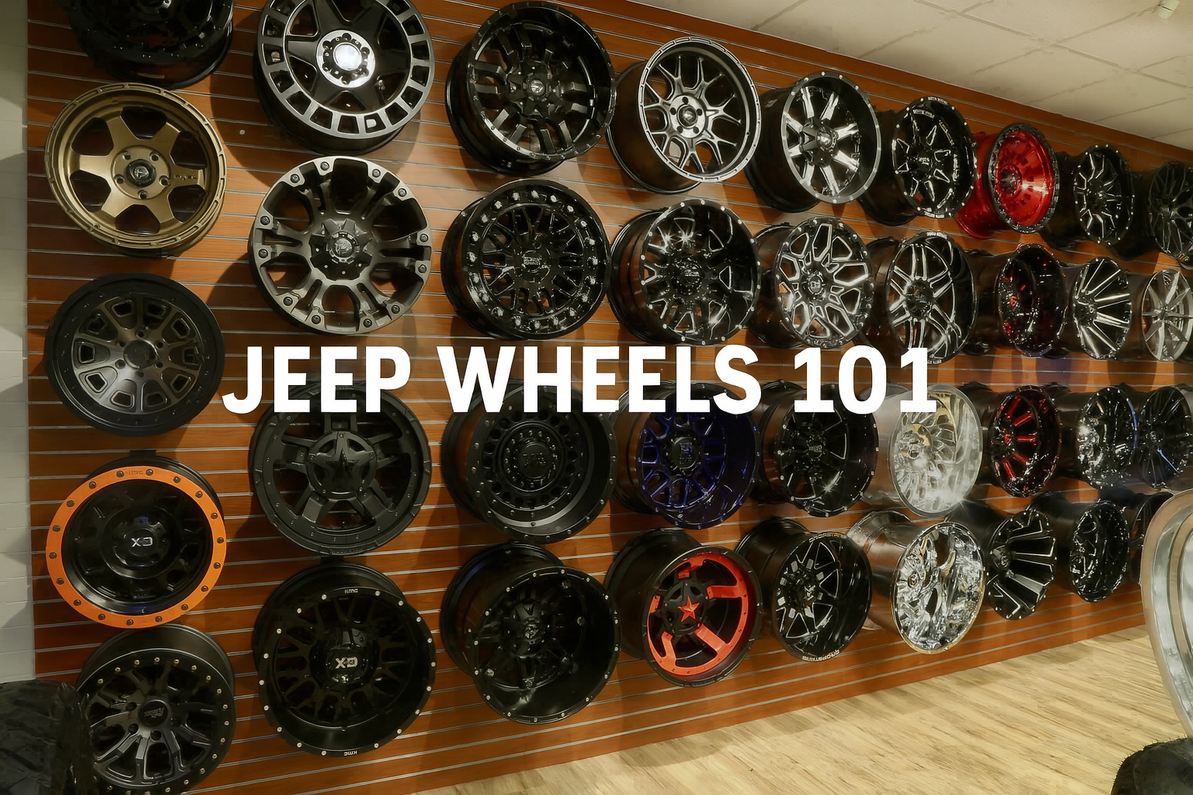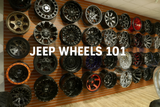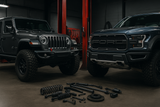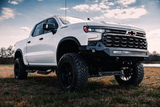Jeep Wheels 101 | Everything You Need to Know
Jeep Wheels 101 | Everything You Need to Know
Upgrading your Jeep wheels is one of the most exciting ways to transform your rig — both in looks and performance. But there's more to wheels than just picking a cool style. Let’s break down all the essential wheel specs you need to understand before you hit “buy now.”
Why Wheels Matter
.png)
Your wheels are a major factor in how your Jeep handles, what tires you can run, how stable it feels on and off-road, and even how much stress you put on your suspension and steering components.
Wheel Diameter (Rim Size)
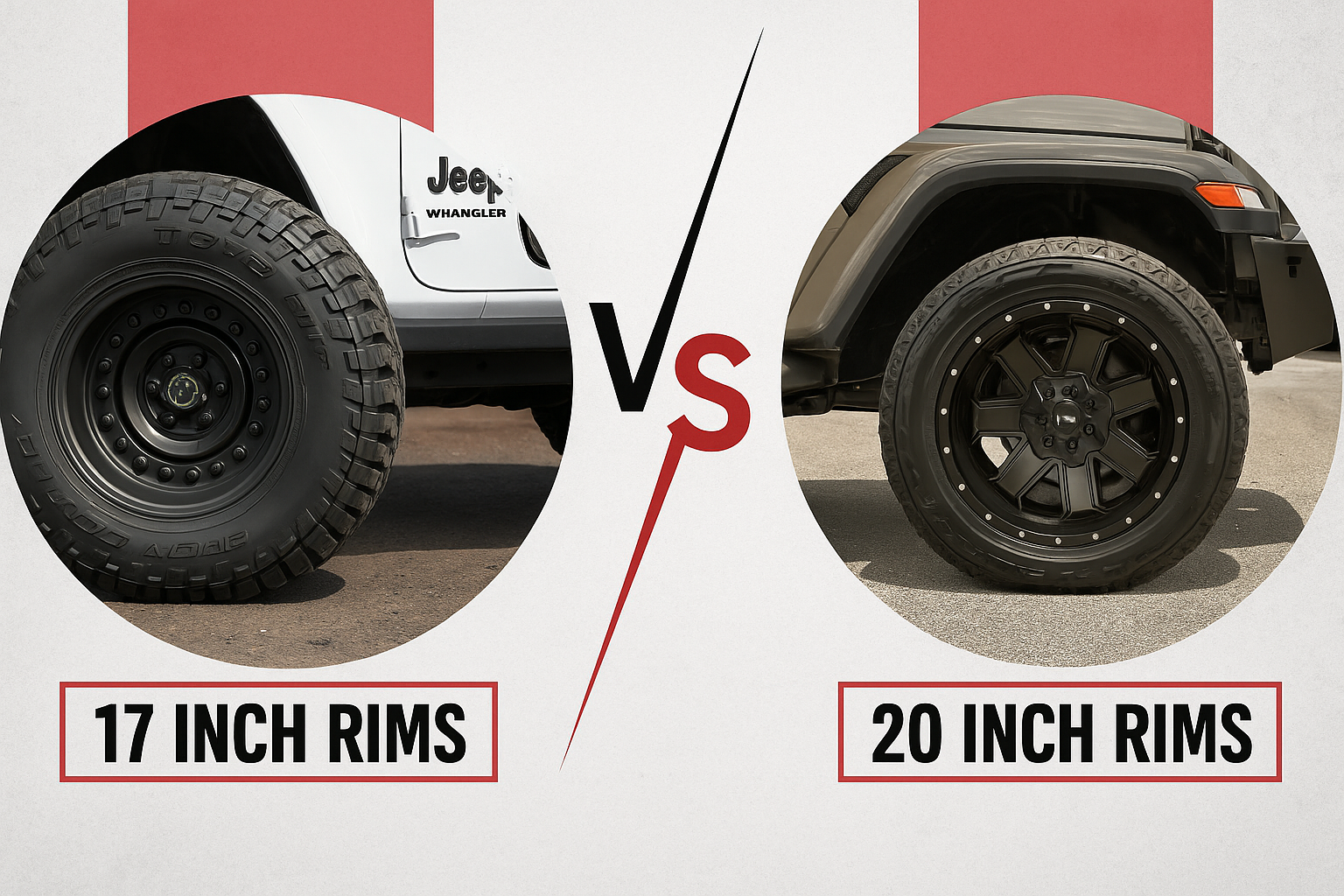
Jeep Wheel diameter refers to the size of the wheel from edge to edge, measured in inches (15", 17", 20", etc.).
- Smaller diameters (15"-17"): Allow for larger tire sidewalls, which help absorb impacts on trails and improve ride comfort.
- Larger diameters (18"+): Offer a more modern or aggressive look and can fit larger brakes but reduce sidewall height, which can impact off-road flex and comfort.
Pro Tip: Go with your factory size Jeep wheel diameter or bigger. Reducing your factory size may cause clearance issues with brake calipers, specifically on the JK and JL Wrangler.
Wheel Width
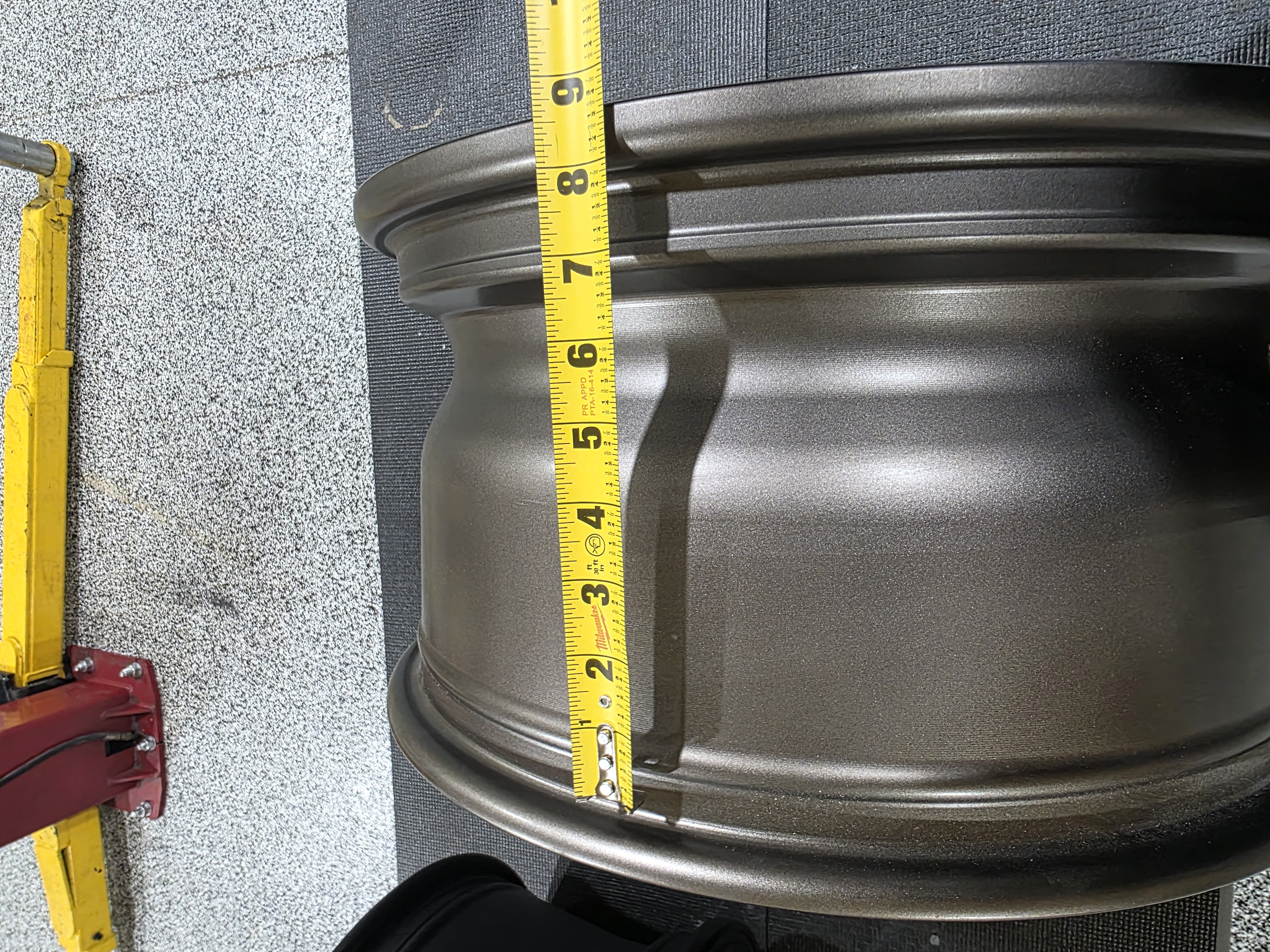
Width is measured from bead seat to bead seat (where the tire mounts), also in inches (e.g., 8", 8.5", 9", 10").
- Narrower wheels (7"-8"): Ideal for smaller tires or more conservative setups.
- Wider wheels (9"+): Allow for wider tires and more aggressive stances.
Important: Tire width should match wheel width to avoid poor tire bead seating or excessive tire stretching.
Offset & Backspacing
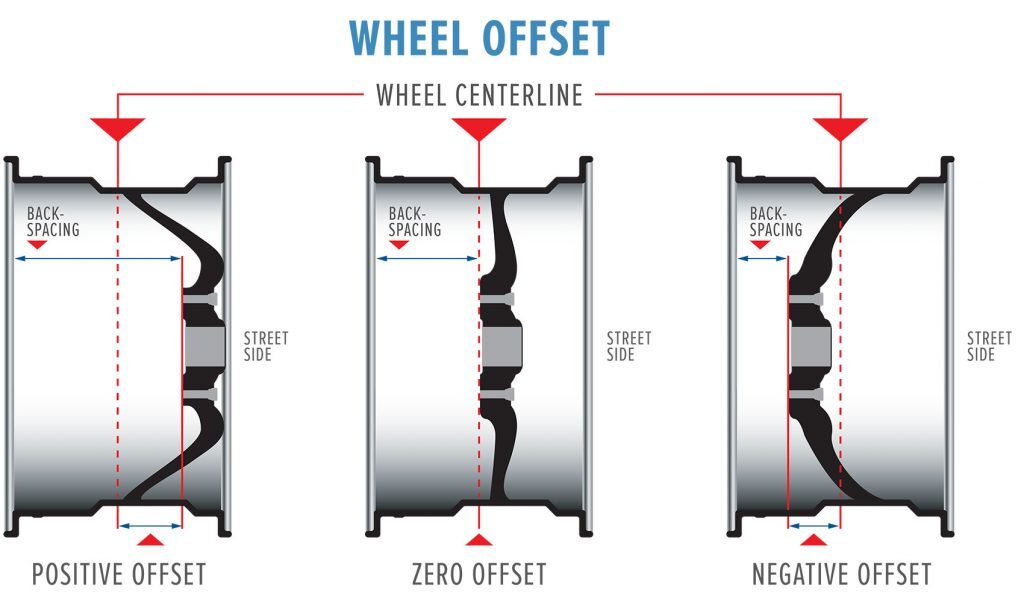
Offset is the distance from the wheel’s mounting surface to its centerline.
- Positive offset: Mounting surface is closer to the wheel face (moves wheel inward).
- Negative offset: Mounting surface is closer to the back lip (pushes wheel outward).
Backspacing is the distance from the mounting surface to the back edge of the wheel.
- Lower backspacing = wheel sticks out further, creating a wider stance.
- Higher backspacing = wheel tucks in closer to the suspension.
An aggressive offset or lower backspacing improves stability and gives your Jeep a beefier look — but can cause rubbing if not paired with proper fender clearance or a lift kit.
Bolt Pattern
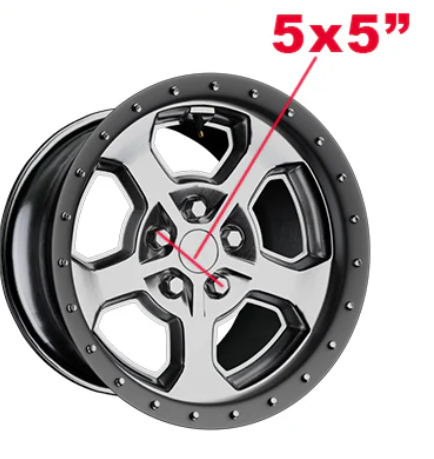
The bolt pattern describes how many lug holes are on the wheel and the diameter of the circle they form.
Most Jeep JK and Jeep JL Wranglers use 5x127 (5x5") , while 2007 or older models or other Jeeps may differ (e.g., TJ Wranglers use 5x114.3 or 5x4.5).
Hub Bore Size
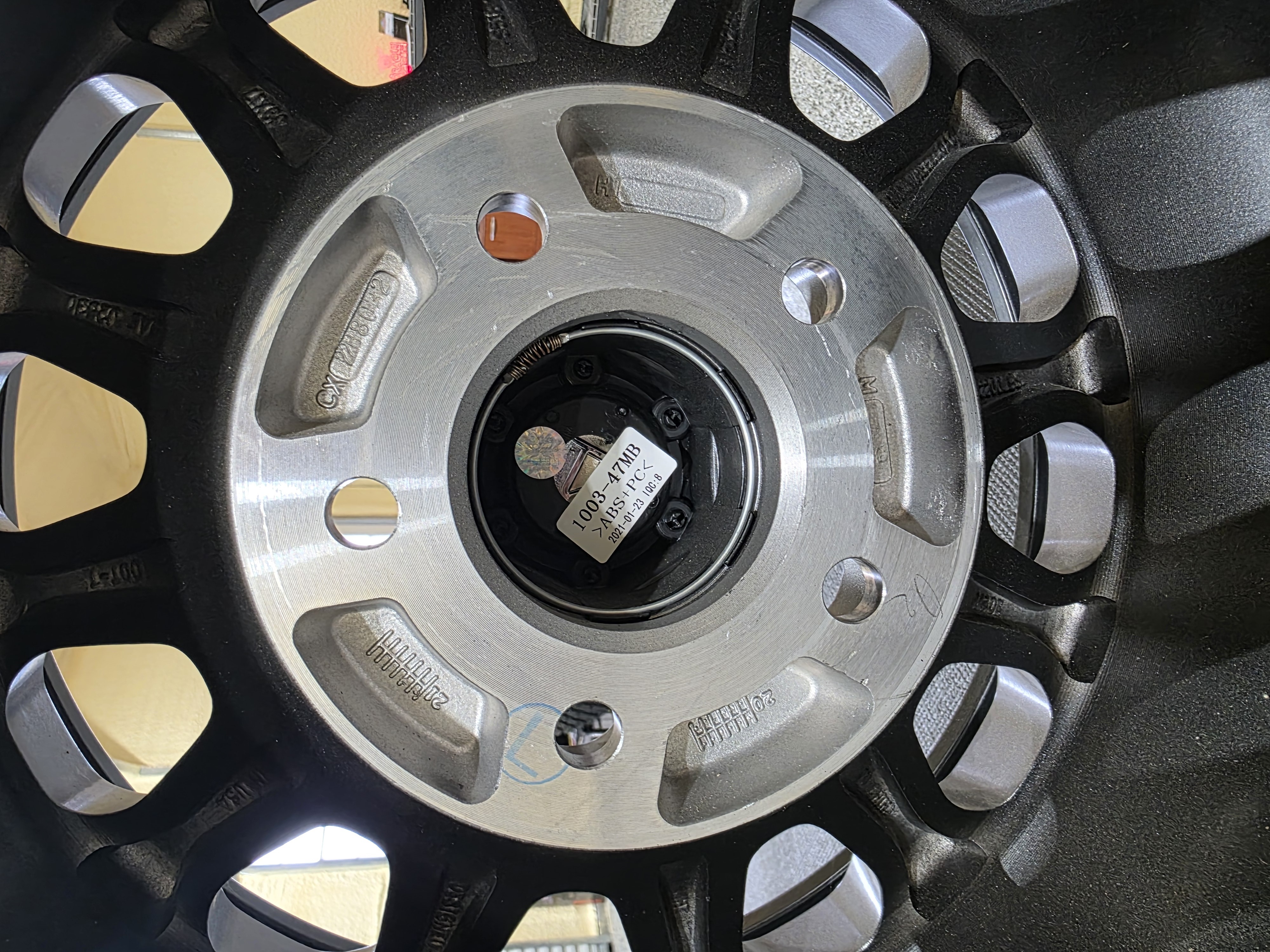
The hub bore is the hole in the center of the wheel that fits over the vehicle’s hub.
- Hub-centric wheels: Center the wheel using the hub bore — preferred for smoother rides.
- Lug-centric wheels: Rely on the lugs for centering — can still work fine but may require careful tightening.
Always check your Jeep's hub size to ensure a proper fit and avoid vibration.
Why Aftermarket Lug Nuts Are Often Required
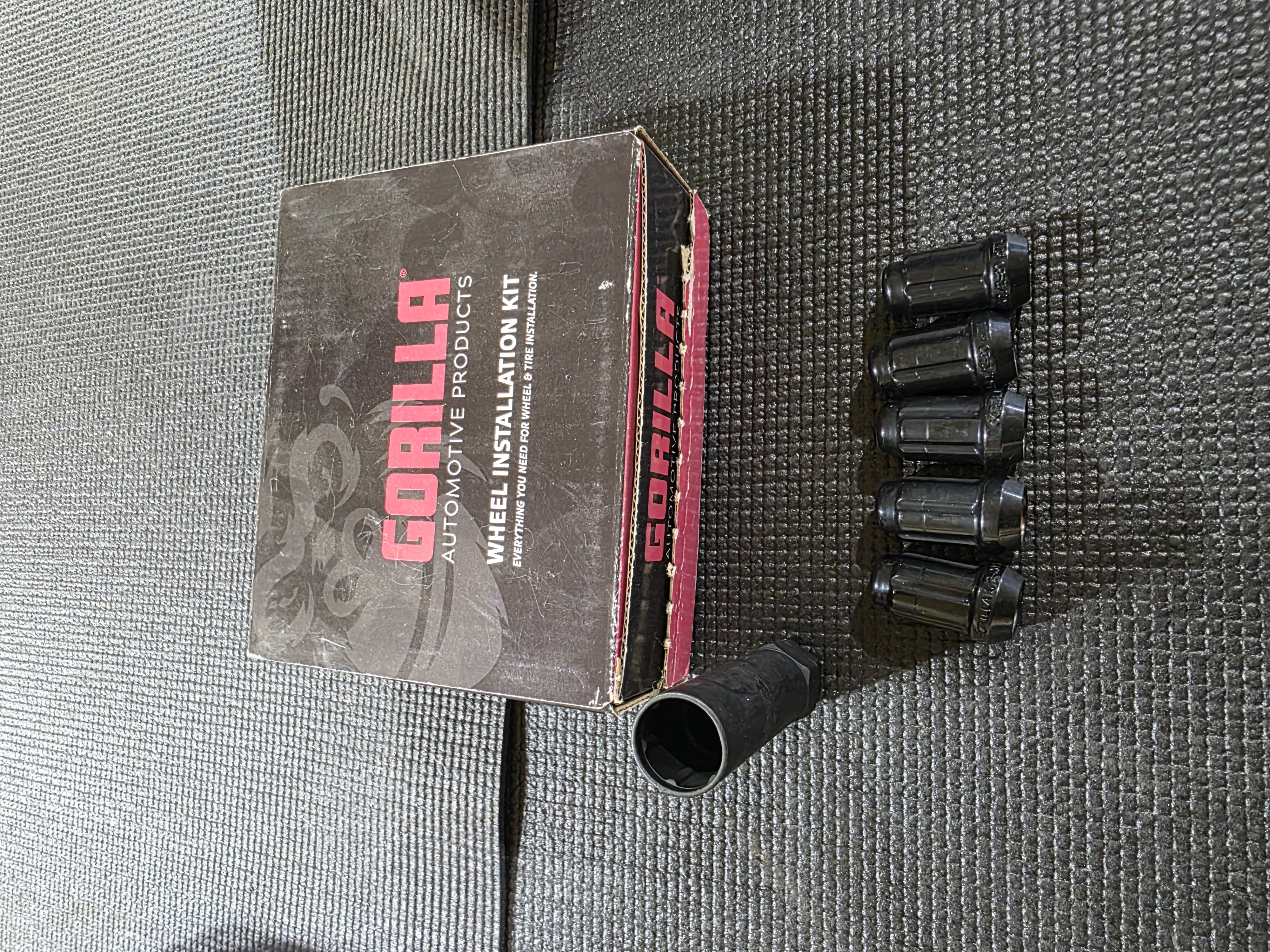
Factory lug nuts often have larger heads or a different seat style (acorn vs. conical vs. flat).
Aftermarket wheels usually require:
- Smaller diameter "tuner" style lug nuts for clearance.
- Conical seats (most common on aftermarket wheels).
- Longer or stronger studs if using wheel spacers.
Using incorrect lugs can cause wheel damage or unsafe mounting — don’t overlook this critical step.
Load Ratings
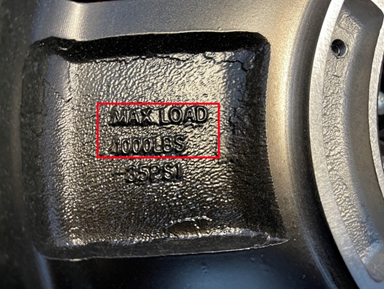
Each wheel has a load rating, indicating how much weight it can safely support.
Jeeps often carry extra gear, larger tires, or heavy bumpers, so always ensure your wheels meet or exceed your Jeep’s gross axle weight rating (GAWR).
TPMS Compatibility
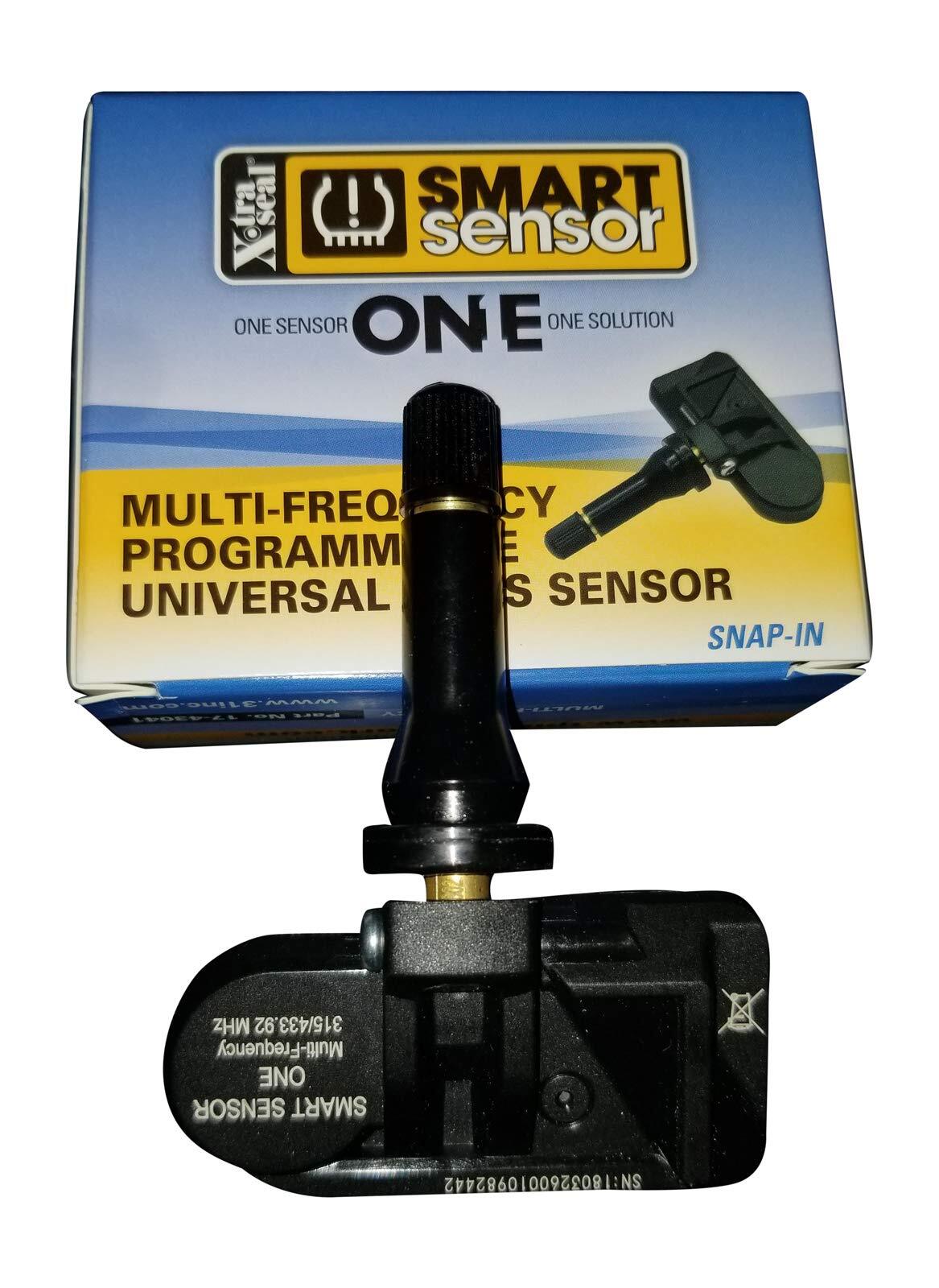
Many aftermarket wheels come with custom center caps — some allow you to retain OEM Jeep logos; others don’t.
Most modern Jeeps use TPMS (Tire Pressure Monitoring System) sensors; confirm your new wheels are TPMS compatible to avoid dashboard lights.
Do You Need Wheel Spacers?
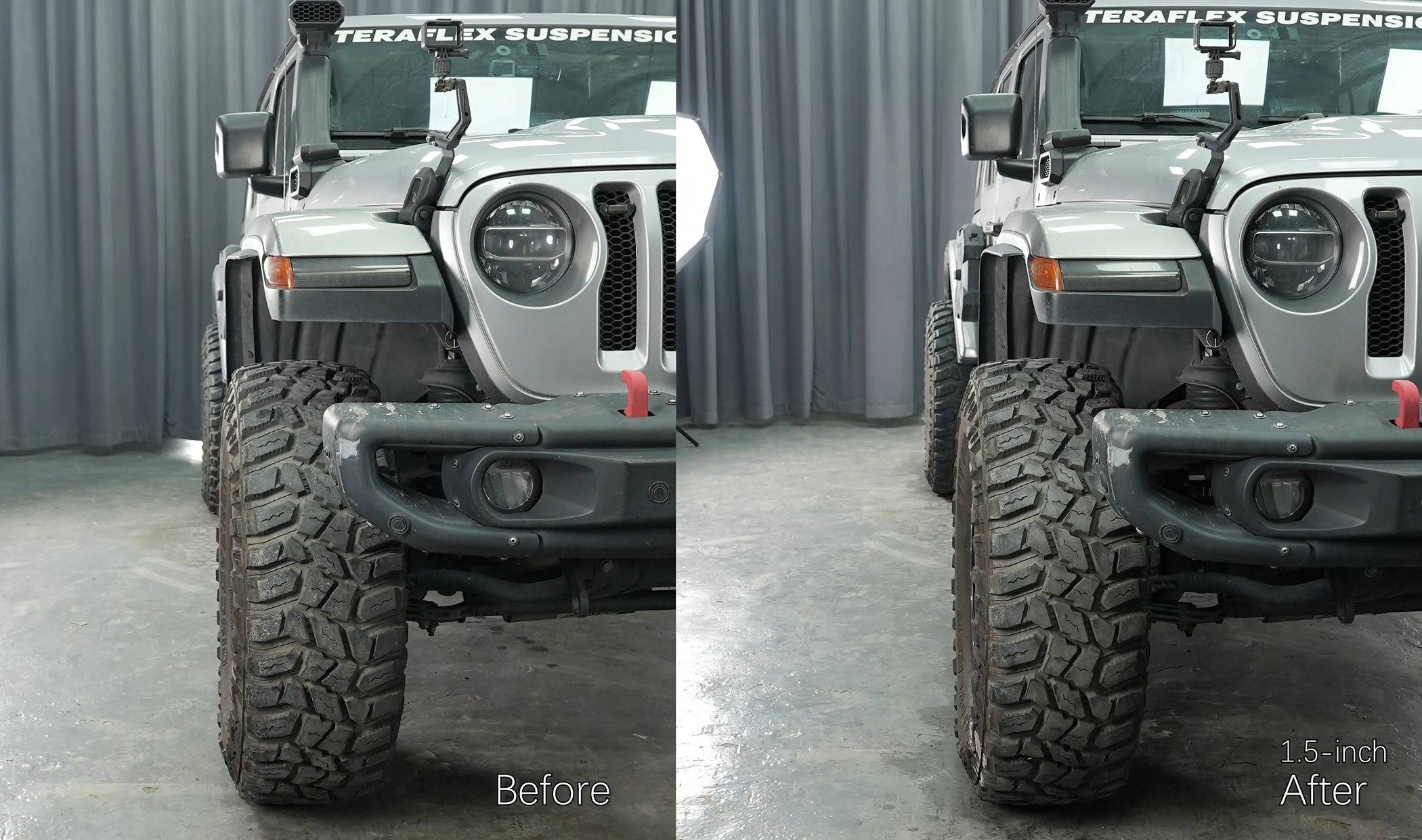
If you’re using factory wheels but want a wider stance or to clear wider tires, wheel spacers can push wheels outward.
Caution: Use high-quality, hub-centric spacers and proper torque specs to avoid vibrations or stud failure.
Lift Kits and Clearance
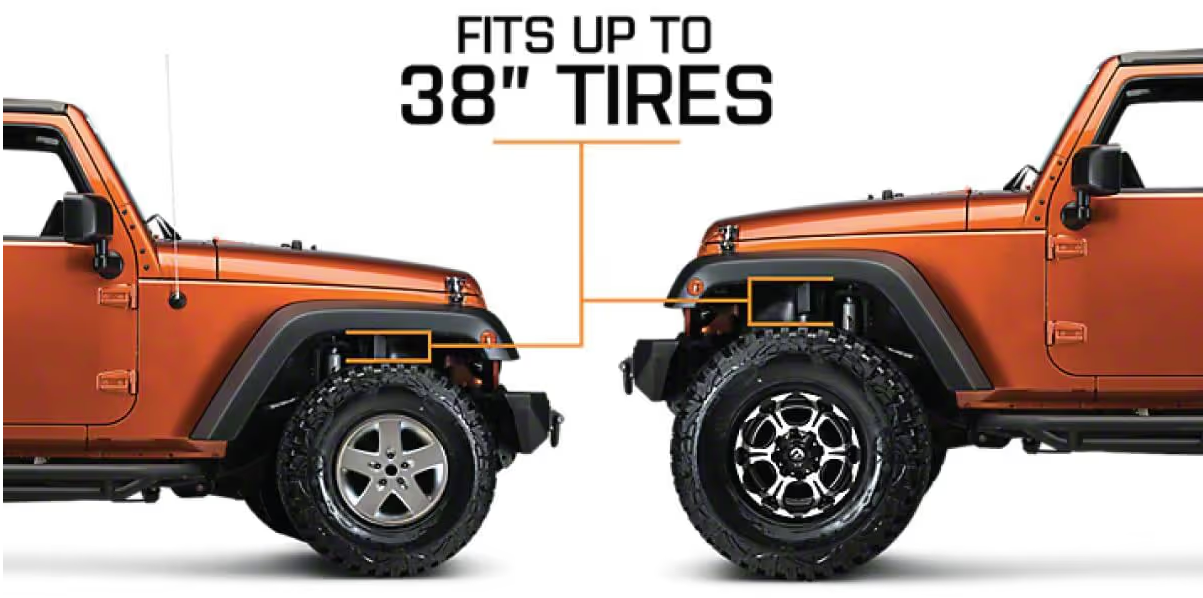
Larger wheels and tires often require a lift to prevent rubbing. Even with correct offset, a 35"+ tire on a Jeep usually needs a 2.5" or higher lift to flex properly.
Putting It All Together
Upgrading your Jeep wheels is more than just picking the best-looking set — it’s a balance of size, width, offset, bolt pattern, hub bore, and more. Getting it right maximizes performance, safety, and style.
Ready to Upgrade?
We stock a massive selection of Jeep wheels from top brands like Method, Fuel, Black Rhino, and more. Need help picking the perfect fitment? Our team can walk you through every spec and make sure your build is trail-ready.
Recent Posts
-
Jeep Wheels 101 | Everything You Need to Know
Jeep Wheels 101 | Everything You Need to Know Upgrading your Jeep wheels is one of the most exciting …Jul 7th 2025 -
7 Ways to Customize Your Off-Road Vehicle for Optimal Performance
Off-road enthusiasts know that having a reliable, high-performing vehicle is key to conquering chal …Apr 4th 2025 -
The Ultimate Guide to Choosing the Right Lift Kit for Your Off-Road Truck
When it comes to off-roading, having the right lift kit for your truck is essential for performance, …Mar 28th 2025
